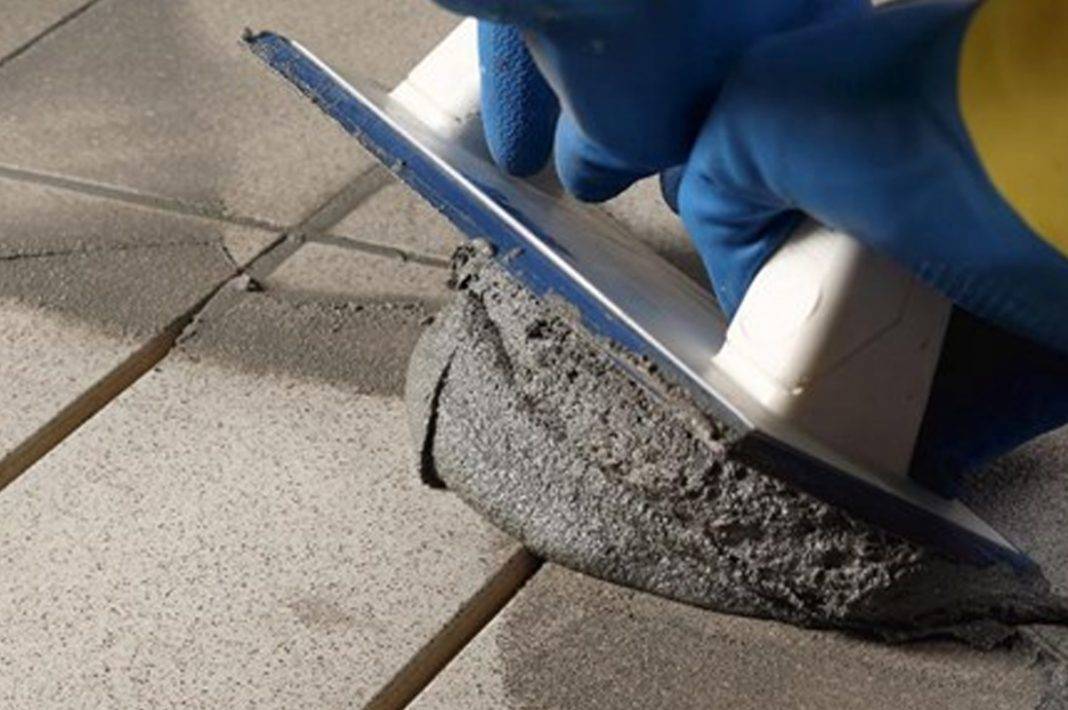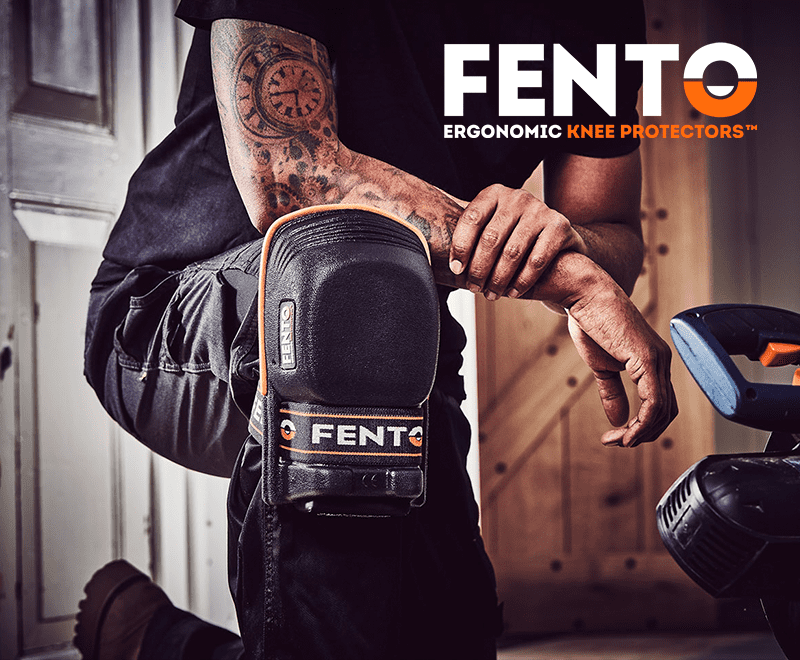In today’s industry cementitious grouts are still the contractors’ and builders’ favourite. However, with the continual advancements in the ceramic industry, epoxy grouts – more than ever – are growing in popularity.
Unlike cement based grouts, which are made from a cementitious powder mix, epoxy grout is made from epoxy resins and fillers. The grout is extremely durable and is completely waterproof. Normal cement based grouts aren’t waterproof, so unlike epoxy grout, they can absorb water when they are saturated which means they can stain easily when in contact with coloured liquids such as wine, coffee and fruit juice. There are features to help reduce this concern, however none which would compare to an epoxy grout.
If you’re tired of scrubbing your grout, epoxy grout could be the solution for you.
Epoxy grouts, also known as reactive resin grouts, provide a huge range of benefits which can cover many different applications. The impermeable characteristics of epoxy makes it ideal for situations where hygiene is of the utmost importance, in locations such as hospitals, worktops, and food production facilities. For example, Mapei Kerapoxy (compliant with EC regulation 852/2004 relating to hygiene and foodstuffs) is resistant to animal fats, oils and grease, so it’s an ideal grouting choice for meat processing plants and commercial kitchens. Mapei epoxy grouts also emit extremely low levels of VOC, being classified EC1 PLUS under the GEV EMICODE. Another factor to take into consideration is the compressive and mechanical strength characteristics.
At the other end of the scale, highly decorative products like Mapei Kerapoxy Design can add to a surface aesthetic and dry to a translucent finish that’s particularly effective when used with glass tiles or mosaics. The impervious grouts are available in a spectrum of designer shades and can even be enhanced by the addition of 23 colour options in Mapeglitter, making a grout joint a design statement in its own right.
Epoxy grouts don’t stop there. They can also be used in domestic applications with their high durability, aesthetically pleasing appearance and easy clean ability, making them more than suited for the task. Due to wear and tear over a long period of time, cement based grout can discolour, stain and soften with harsh cleaning products, but with epoxy they can last many years without these common problems.
So why aren’t epoxy grouts used by installers more often? Epoxy has a reputation for being difficult, hard to use and for setting extremely quickly. But with the latest advancements in technology, the stigma surrounding epoxy is changing. They are now easier to install compared to their predecessors, with certain products specifically designed with an easy application in mind, including Mapei’s Kerapoxy CQ.
This is achieved through the specially graded coloured quartz. In traditional epoxy grouts, the colour is derived from the resin, often leaving a coloured smudge-like residue over the surface of the tile which, in some cases, can be very difficult to remove without a suitable cleaner. With Mapei’s Kerapoxy CQ, the colour comes from the quartz which, during the cleaning off process, can be easily removed.
Yet this is not the only concern installers face with epoxy grout. I hear on numerous occasions that they worry the grout will set extremely quickly, but it is not the same as it once was, as the average pot life is now approximately 45-60 minutes.
In addition to the above questions, I have been asked about the application process. “Is it different to standard grouts?” The process is very similar: mix the material following the instructions from the manufacturer and apply the epoxy like you would with any typical grout. With this being said, there are some additional benefits compared to a cementitious grout, such as during application. Caution is always recommended on the amount of water used when washing the excess residue off the surface of the tile, as this is well known to cause inconsistences in the final appearance of polymer modified grout, but with epoxy and its waterproof characteristics, excess water in the clean off process would not have an effect on the final finish.
The finishing process can be as easy as the application, as most manufacturers will recommend a suitable cleaning product to help remove the slight haze left on the surface of the tile after installation. For instance, Mapei Kerapoxy Cleaner, designed to be used with the Mapei Kerapoxy grout range, is available in a spray bottle applicator for easy distribution.
There are also many videos online, including Mapei YouTube videos, which demonstrate how to successfully use epoxy grouts, and we would encourage installers to try these products to prove they are not as difficult as they are made to appear, and to give you and your client the confidence in such a beneficial and durable product.
Luke Rowberry – Technical Advisor








